Home>Furniture & Design>Interior Design Trends>How Thick Are Glass Walls


Interior Design Trends
How Thick Are Glass Walls
Modified: October 20, 2024
Discover the latest interior design trends with insights on glass wall thickness and its impact on modern spaces. Explore innovative ideas for your next project.
(Many of the links in this article redirect to a specific reviewed product. Your purchase of these products through affiliate links helps to generate commission for Storables.com, at no extra cost. Learn more)
Introduction
Glass walls have become a popular architectural feature in modern interior design, adding a touch of elegance and sophistication to residential and commercial spaces. The thickness of glass walls plays a crucial role in ensuring structural integrity, safety, and aesthetic appeal. Understanding the factors that influence glass wall thickness and the common standards for different applications is essential for architects, interior designers, and property owners.
Glass walls are not only functional but also serve as a design element that can transform the ambiance of a room. The thickness of the glass used in these walls is a critical consideration, as it directly impacts the overall performance and visual impact of the installation. From providing a seamless connection between indoor and outdoor spaces to creating a sense of openness and transparency, glass walls have the potential to redefine the spatial experience within a building.
In this article, we will delve into the various factors that influence the thickness of glass walls, explore the common standards for different types of glass walls, and discuss the considerations that should be taken into account when choosing the appropriate thickness for a specific application. Whether you are embarking on a new construction project or considering a renovation that incorporates glass walls, this comprehensive guide will equip you with the knowledge needed to make informed decisions regarding glass wall thickness.
As we unravel the intricacies of glass wall thickness, we will uncover the significance of this architectural element in shaping the functionality and aesthetics of interior spaces. By the end of this article, you will gain a deeper understanding of the role that glass wall thickness plays in creating visually stunning, structurally sound, and purposeful architectural designs.
Key Takeaways:
- Glass wall thickness is crucial for safety and aesthetics in modern design. Factors like size, location, and type of glass influence the ideal thickness for different applications, ensuring both functionality and visual appeal.
- From office partitions to exterior facades, glass wall thickness varies based on structural, safety, and aesthetic needs. Understanding these considerations is key to creating visually stunning and safe architectural designs.
Read more: How Thick Is Bulletproof Glass
Factors Affecting Glass Wall Thickness
The thickness of glass walls is influenced by a myriad of factors that collectively determine the structural integrity, safety, and visual impact of the installation. Understanding these factors is crucial for architects and interior designers when specifying glass wall thickness for different applications.
-
Height and Width of the Glass Wall: The dimensions of the glass wall play a significant role in determining the required thickness. Taller and wider glass walls necessitate thicker glass to withstand the increased structural loads and minimize the risk of breakage or deformation.
-
Location and Environmental Conditions: The geographical location and prevailing environmental conditions, such as wind loads, seismic activity, and temperature variations, directly impact the choice of glass wall thickness. For instance, buildings in high-wind areas or seismic zones may require thicker glass to ensure adequate resistance to external forces.
-
Safety and Building Codes: Compliance with safety regulations and building codes is paramount when determining glass wall thickness. These standards often specify minimum thickness requirements based on factors such as the intended use of the space, potential human impact, and fire safety considerations.
-
Type of Glass: The type of glass used in the construction of the wall, such as annealed, tempered, laminated, or insulated glass, influences the required thickness. Each type of glass offers different levels of strength, impact resistance, and safety features, which directly impact the overall thickness needed for the specific application.
-
Design Aesthetic and Functionality: The desired design aesthetic and functionality of the glass wall also play a role in determining the appropriate thickness. For example, a minimalist, frameless glass wall may require a specific thickness to achieve the desired visual effect while maintaining structural stability.
-
Supporting Structure and Hardware: The design of the supporting structure and the type of hardware used to secure the glass wall can influence the required thickness. Proper coordination between the glass thickness and the supporting elements is essential to ensure a cohesive and durable installation.
-
Sound Insulation and Energy Efficiency: In applications where sound insulation and energy efficiency are critical, such as in office partitions or exterior facades, the thickness of the glass wall may be tailored to meet specific performance requirements.
By considering these factors in tandem, architects and designers can make informed decisions regarding the appropriate thickness of glass walls, ensuring that the final installation meets both functional and aesthetic objectives while adhering to safety and regulatory standards.
Common Thicknesses for Glass Walls
Glass walls are available in a range of thicknesses, each tailored to meet specific structural, safety, and aesthetic requirements. The choice of glass wall thickness is influenced by various factors, including the application, environmental conditions, and design preferences. Understanding the common thickness standards for different types of glass walls is essential for architects, interior designers, and property owners seeking to achieve the desired balance between functionality and visual appeal.
-
Interior Partitions and Office Dividers:
- For interior glass partitions and office dividers, the typical thickness ranges from 6mm to 12mm. Thinner glass panels are often used in non-load-bearing applications, providing a sense of openness and transparency within interior spaces. Thicker glass may be employed in areas where enhanced sound insulation or privacy is required.
-
Exterior Facades and Curtain Walls:
- Exterior glass facades and curtain walls demand greater structural integrity and resistance to environmental forces. As a result, the thickness of glass panels for these applications commonly ranges from 10mm to 25mm, depending on factors such as building height, wind loads, and local climate conditions.
-
Frameless Glass Doors and Entryways:
- Frameless glass doors and entryways often feature thicker glass panels to ensure durability and safety. Typical thicknesses for these applications range from 10mm to 15mm, providing a balance between visual elegance and structural robustness.
-
Glass Balustrades and Railings:
- Glass balustrades and railings, whether used in residential or commercial settings, require sturdy glass panels to withstand lateral loads and ensure user safety. Common thicknesses for glass balustrades range from 12mm to 25mm, with laminated or tempered glass often employed to enhance impact resistance.
-
Showers and Wet Room Enclosures:
- Glass panels used in showers and wet room enclosures are typically thinner, with common thicknesses ranging from 6mm to 10mm. The use of tempered or safety glass is essential to mitigate the risk of breakage and ensure user safety in these applications.
-
Specialized Applications:
- Specialized glass wall applications, such as soundproof partitions, bullet-resistant barriers, and high-security enclosures, may require custom thicknesses tailored to specific performance criteria. These specialized applications often involve the use of multiple layers of glass or advanced laminates to achieve the desired level of protection and functionality.
By understanding the common thickness standards for different types of glass walls, architects and designers can make informed decisions when specifying glass thickness for various applications. This knowledge empowers them to create interior and exterior spaces that seamlessly integrate the beauty of glass with the necessary structural integrity and safety considerations.
Considerations for Choosing Glass Wall Thickness
When selecting the appropriate thickness for glass walls, several critical considerations come into play, shaping the decision-making process for architects, interior designers, and property owners. These considerations encompass a diverse range of factors, each exerting a significant influence on the performance, safety, and visual impact of the glass wall installation.
Structural Requirements
The structural demands of the intended application are paramount in determining the ideal glass wall thickness. Taller and wider glass walls, particularly those used in exterior facades or curtain walls, necessitate thicker glass to withstand the increased wind loads and structural stresses. Understanding the structural implications of the chosen thickness is essential to ensure the long-term stability and safety of the installation.
Read more: How Thick Are Exterior Walls
Safety and Building Codes
Compliance with safety regulations and building codes is a non-negotiable consideration when specifying glass wall thickness. Building codes often dictate minimum thickness requirements based on factors such as the height of the glass wall, its proximity to human traffic, and the potential for impact. Prioritizing safety through adherence to regulatory standards is fundamental in safeguarding occupants and minimizing the risk of glass breakage or failure.
Environmental Factors
The geographical location and prevailing environmental conditions exert a direct influence on the choice of glass wall thickness. Buildings situated in high-wind areas, seismic zones, or regions with extreme temperature differentials require thicker glass to withstand external forces and thermal stresses. By accounting for environmental factors, designers can ensure that the glass wall is tailored to the specific challenges posed by its surroundings.
Aesthetic Considerations
The desired aesthetic and visual impact of the glass wall play a pivotal role in determining the appropriate thickness. Thicker glass may be employed to achieve a bold, substantial appearance, while thinner glass can create an impression of lightness and transparency. Balancing structural requirements with aesthetic objectives is crucial in achieving a harmonious integration of form and function within the architectural design.
Sound Insulation and Energy Efficiency
In applications where sound insulation and energy efficiency are critical, such as office partitions or exterior facades, the thickness of the glass wall may be tailored to meet specific performance requirements. Thicker glass panels can enhance sound attenuation and thermal insulation, contributing to a more comfortable and efficient built environment.
Read more: How Thick Is A Plumbing Wall
Functionality and User Experience
Considering the intended use of the space and the user experience is essential when choosing glass wall thickness. For instance, glass partitions in office environments may require a specific thickness to ensure privacy and acoustic comfort, while glass doors and entryways demand thicker panels to withstand frequent use and ensure user safety.
By carefully evaluating these considerations, stakeholders can make informed decisions regarding the appropriate thickness for glass walls, ensuring that the final installation aligns with structural, safety, and aesthetic objectives. The thoughtful integration of these considerations results in glass walls that not only enhance the visual appeal of interior and exterior spaces but also deliver on performance, safety, and user experience.
Conclusion
In conclusion, the thickness of glass walls is a critical consideration that intersects structural integrity, safety, and aesthetic appeal within architectural and interior design contexts. As architects, interior designers, and property owners navigate the complexities of specifying glass wall thickness, a nuanced understanding of the factors influencing this decision becomes paramount.
The multifaceted nature of glass wall thickness necessitates a holistic approach that encompasses structural requirements, safety and building codes, environmental factors, aesthetic considerations, sound insulation, energy efficiency, and user experience. By carefully evaluating these considerations, stakeholders can make informed decisions that harmonize the functional and visual aspects of glass walls, ultimately shaping the spatial experience within a building.
The diverse applications of glass walls, ranging from interior partitions and office dividers to exterior facades and specialized enclosures, demand tailored thickness standards that align with the unique demands of each setting. From creating a sense of openness and transparency to providing robust protection against external forces, the thickness of glass walls serves as a pivotal element in shaping the built environment.
As the architectural landscape continues to evolve, the role of glass walls in defining modern interior and exterior spaces becomes increasingly pronounced. The seamless integration of glass as a structural and aesthetic element hinges on the thoughtful consideration of thickness standards, ensuring that the resulting installations embody both functionality and visual allure.
In essence, the significance of glass wall thickness extends beyond mere technical specifications; it embodies the convergence of artistry, engineering, and practicality. By embracing a comprehensive understanding of the factors influencing glass wall thickness and the common standards for different applications, stakeholders can embark on design journeys that culminate in spaces characterized by elegance, resilience, and purpose.
In the ever-evolving narrative of architectural design, the thickness of glass walls stands as a testament to the intricate interplay between form and function, where transparency meets strength, and aesthetics intertwine with performance. It is within this dynamic interplay that the true potential of glass walls is realized, transcending mere physical boundaries to shape experiences and evoke emotions within the built environment.
Frequently Asked Questions about How Thick Are Glass Walls
Was this page helpful?
At Storables.com, we guarantee accurate and reliable information. Our content, validated by Expert Board Contributors, is crafted following stringent Editorial Policies. We're committed to providing you with well-researched, expert-backed insights for all your informational needs.
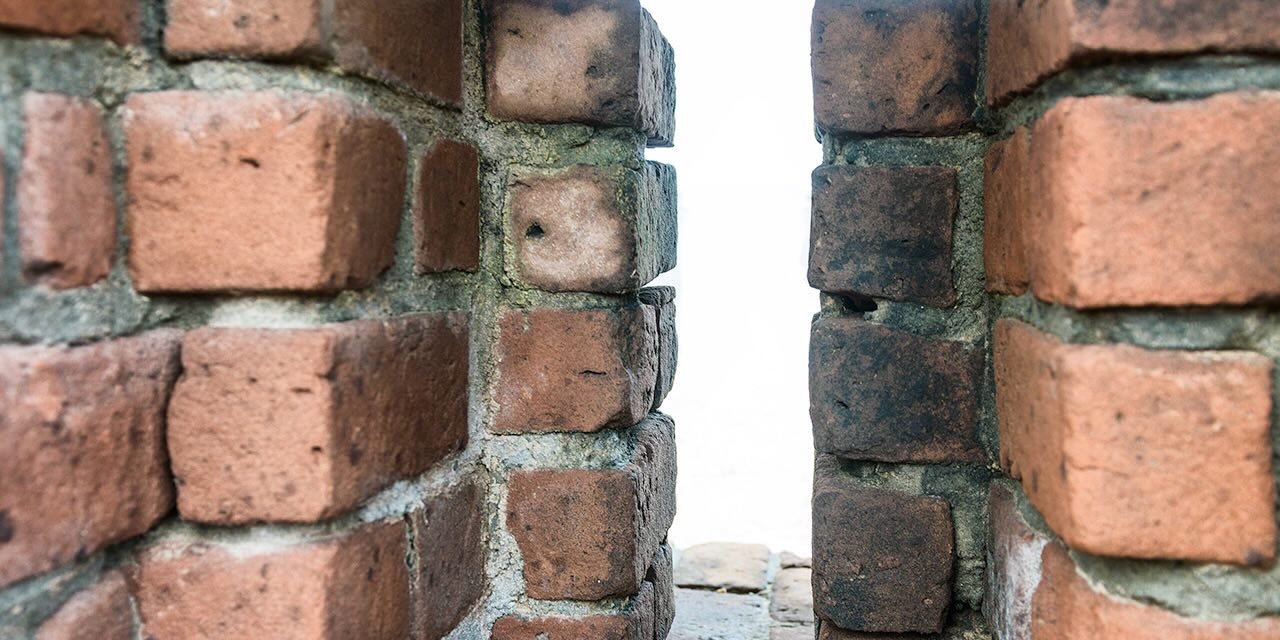


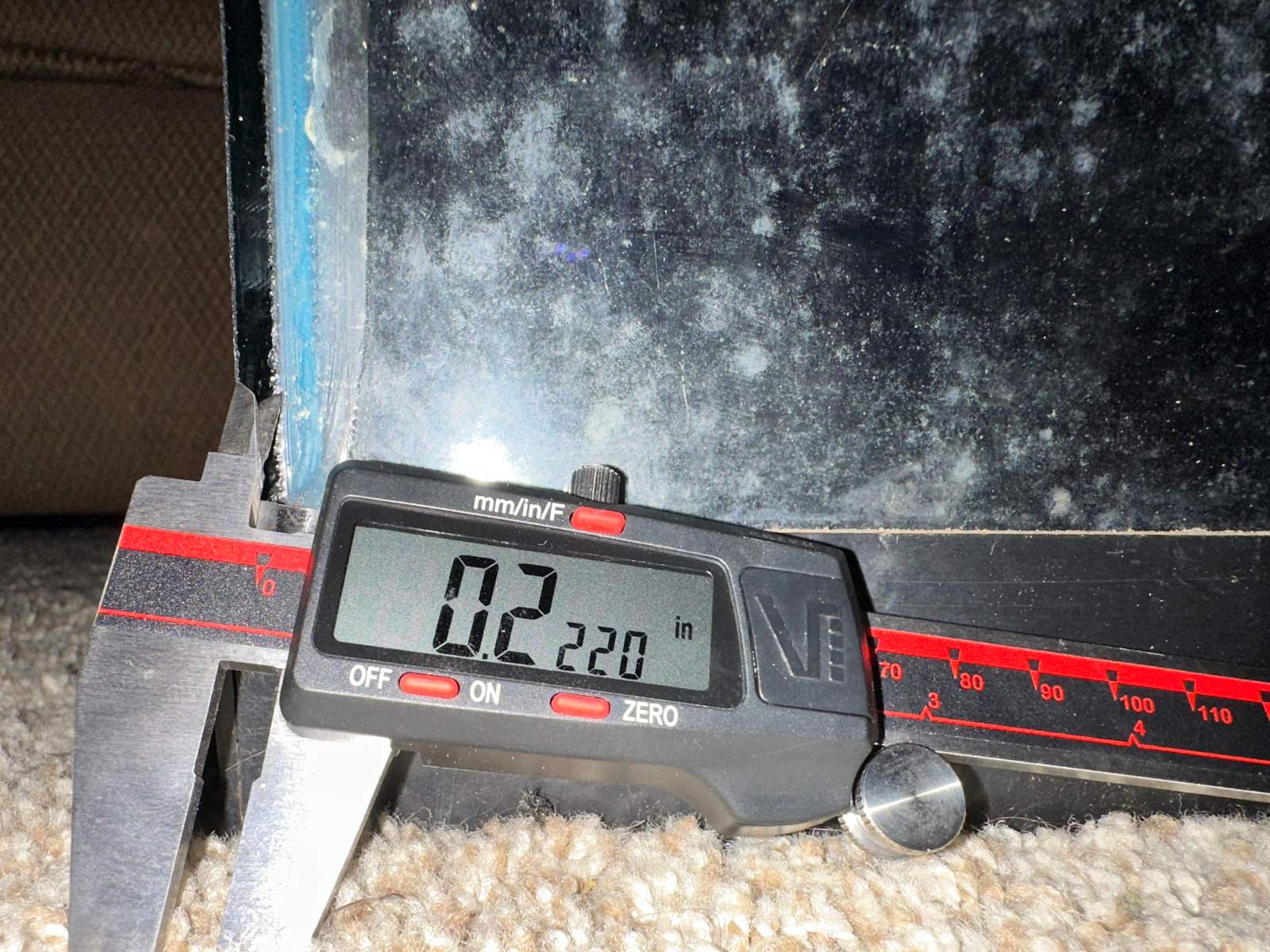

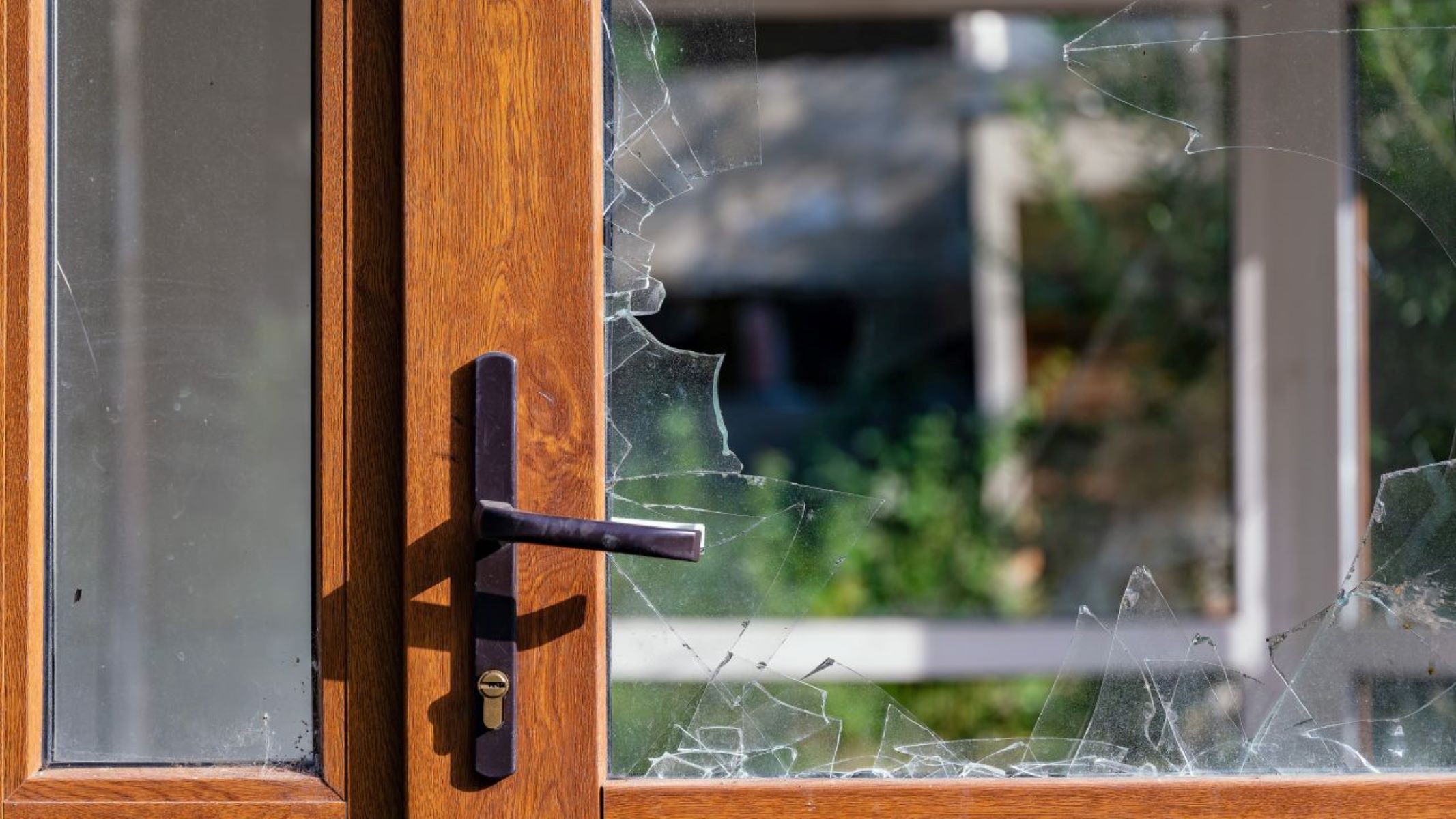
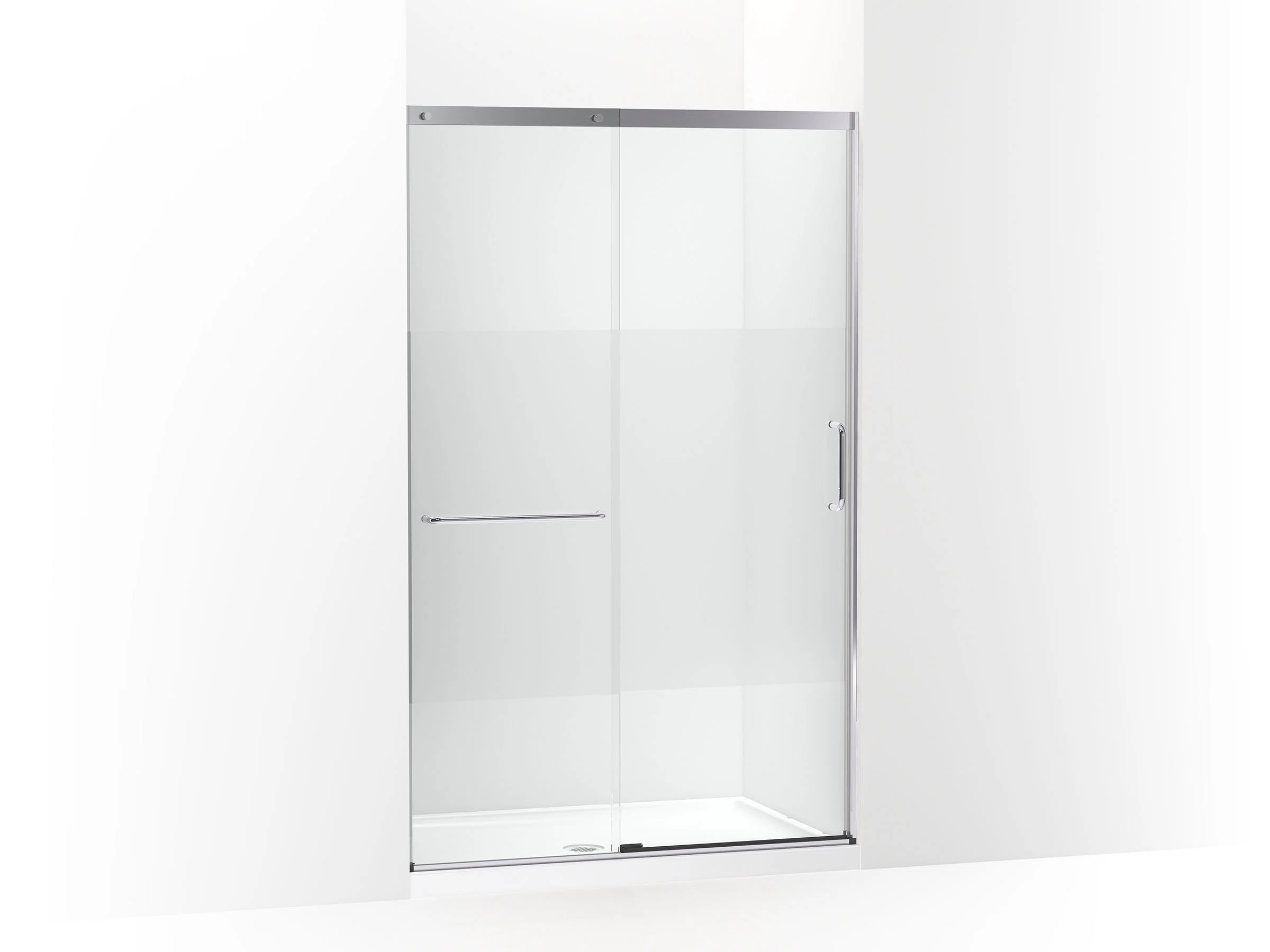
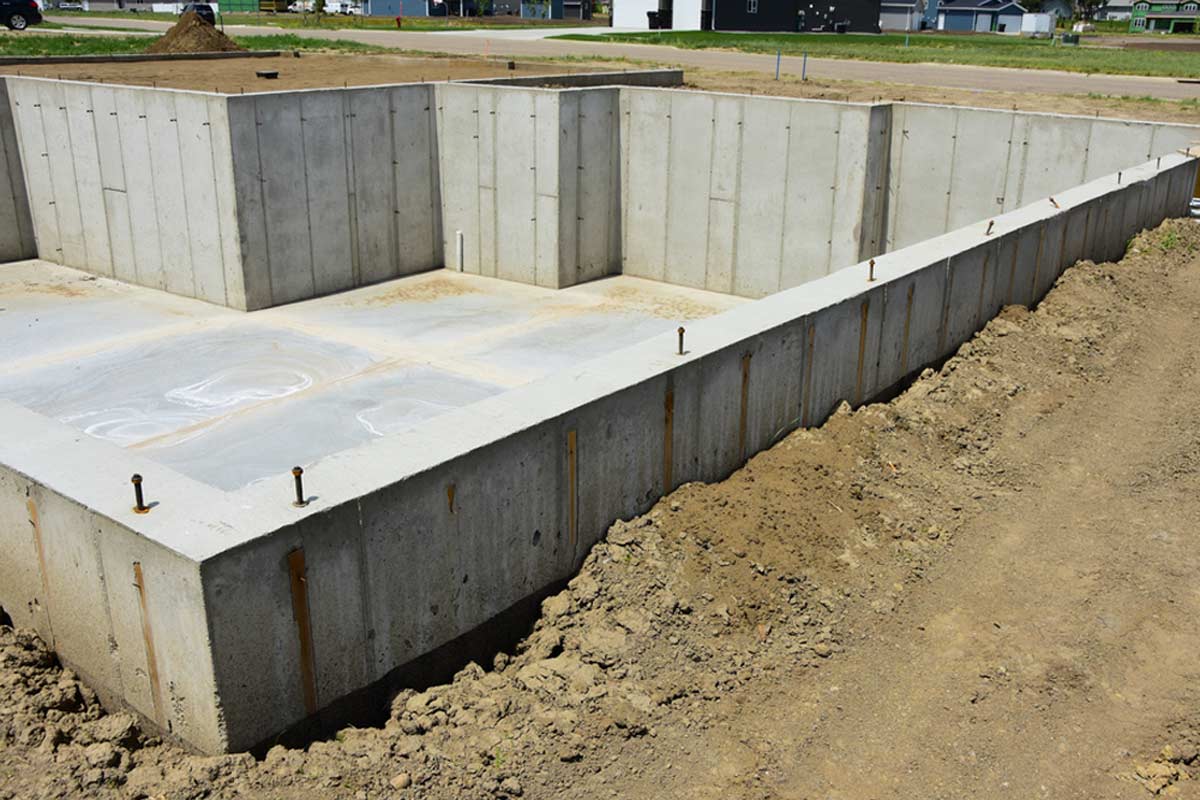
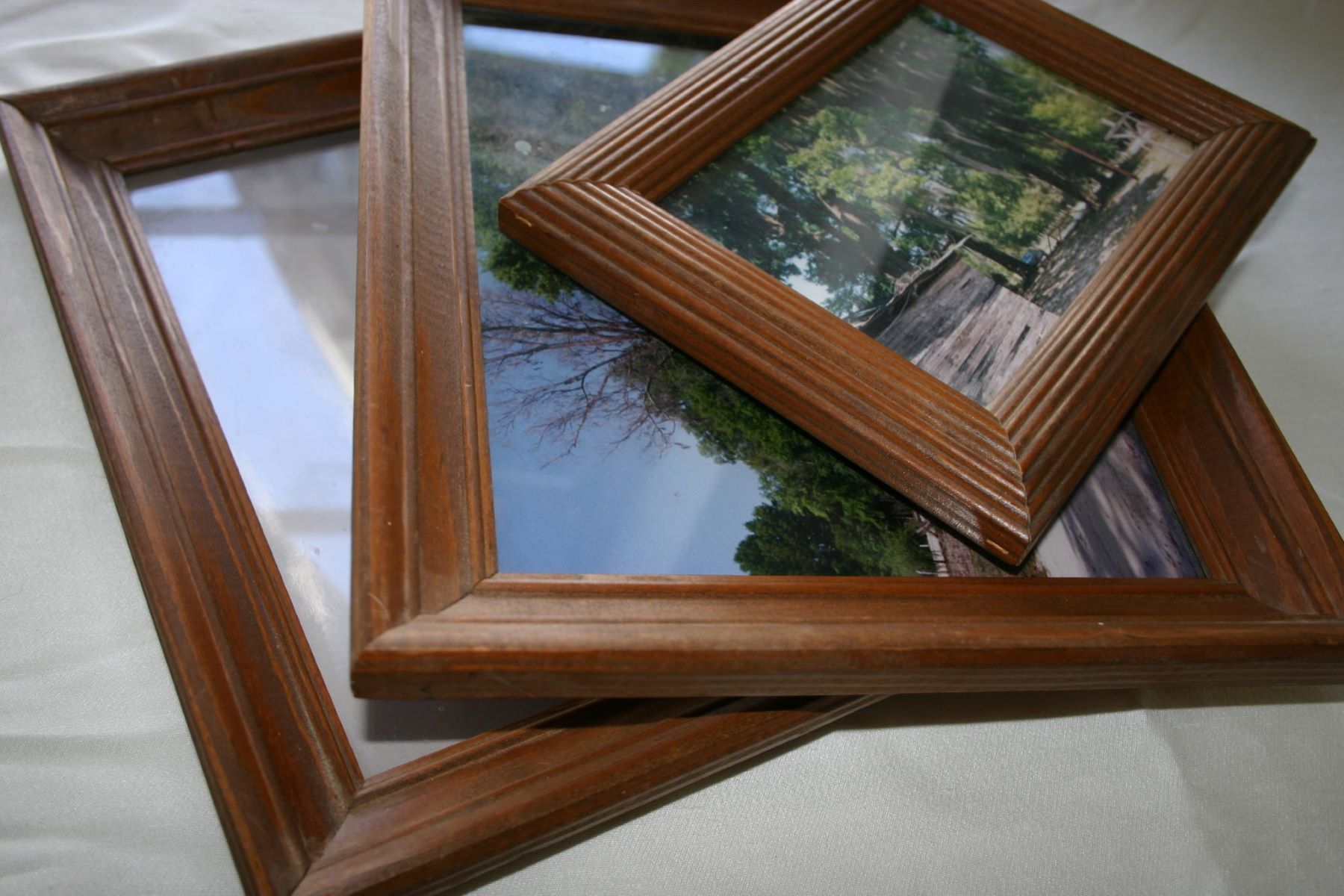
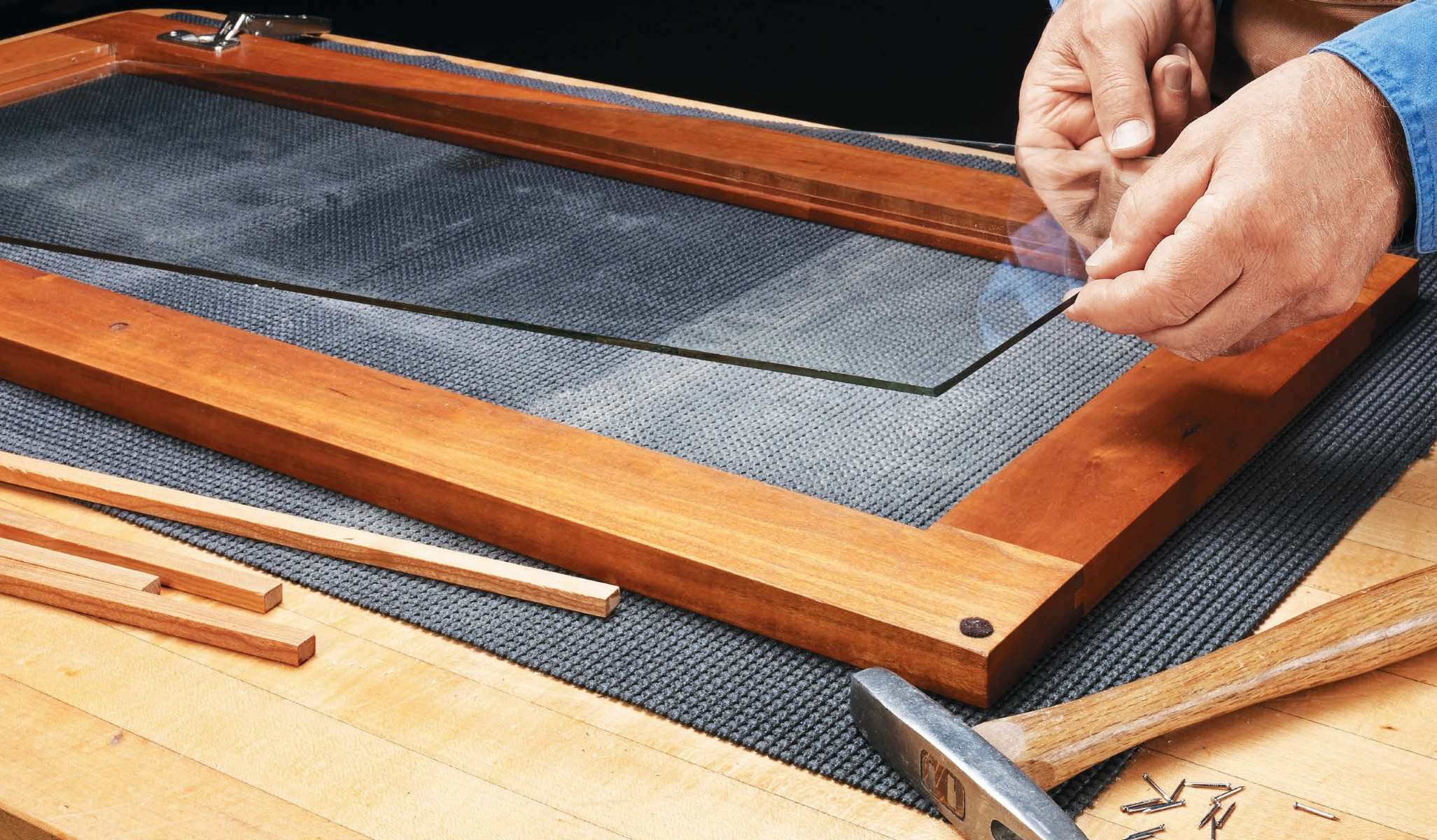

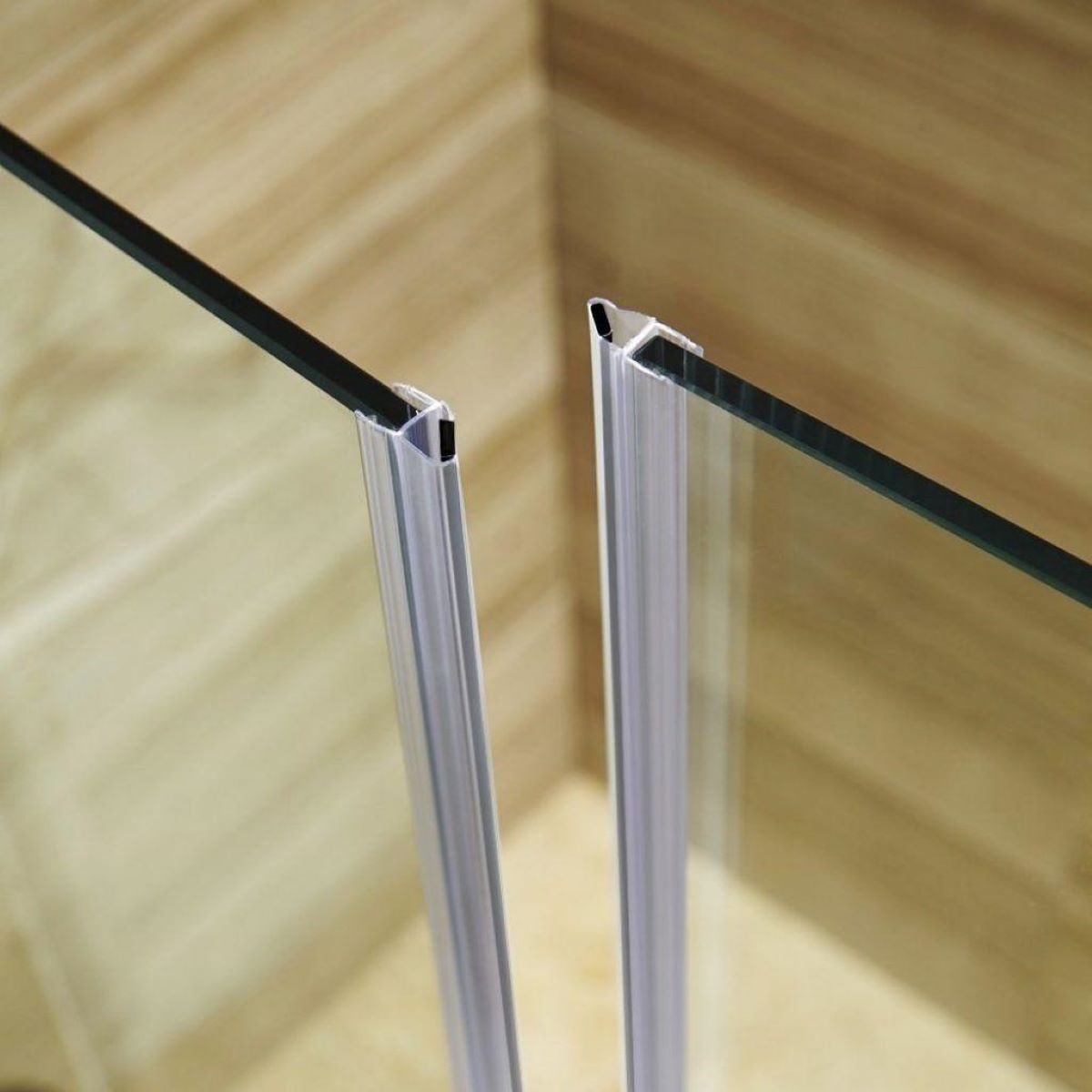
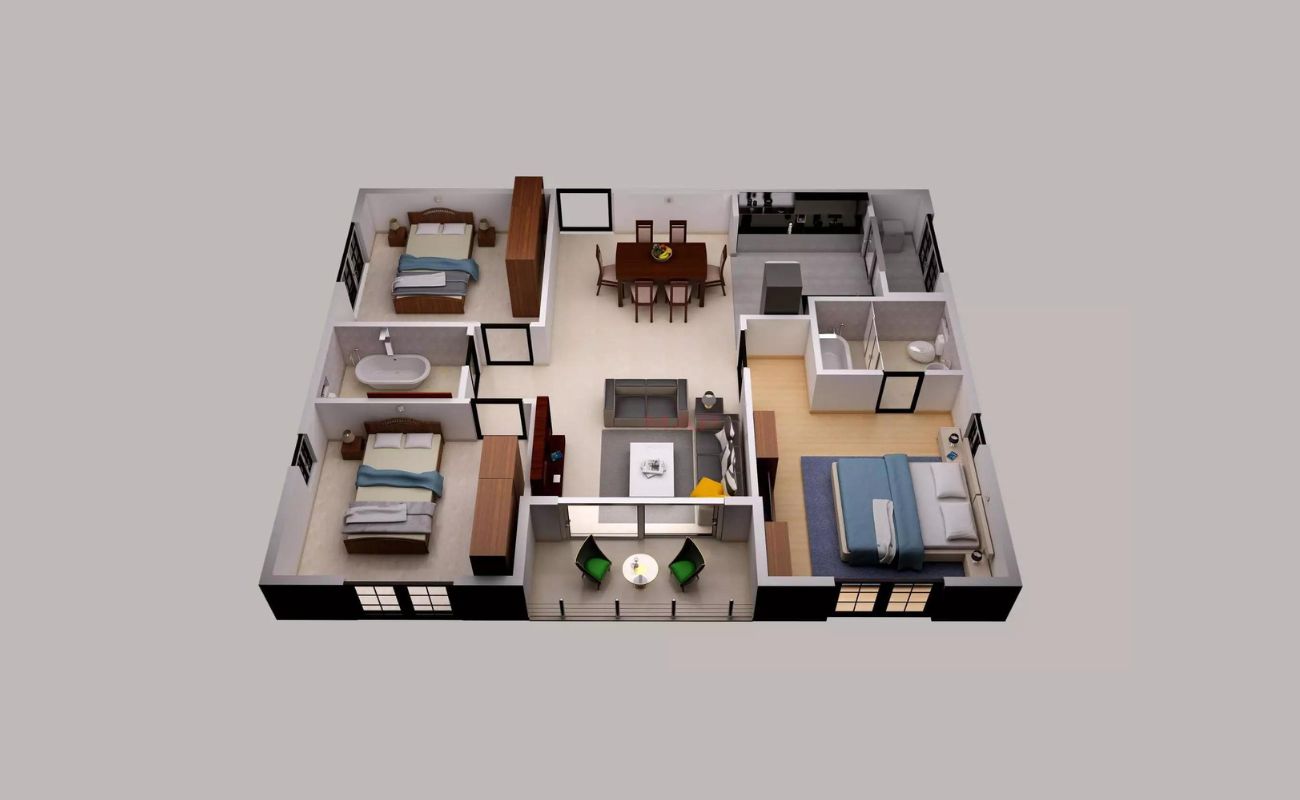

0 thoughts on “How Thick Are Glass Walls”